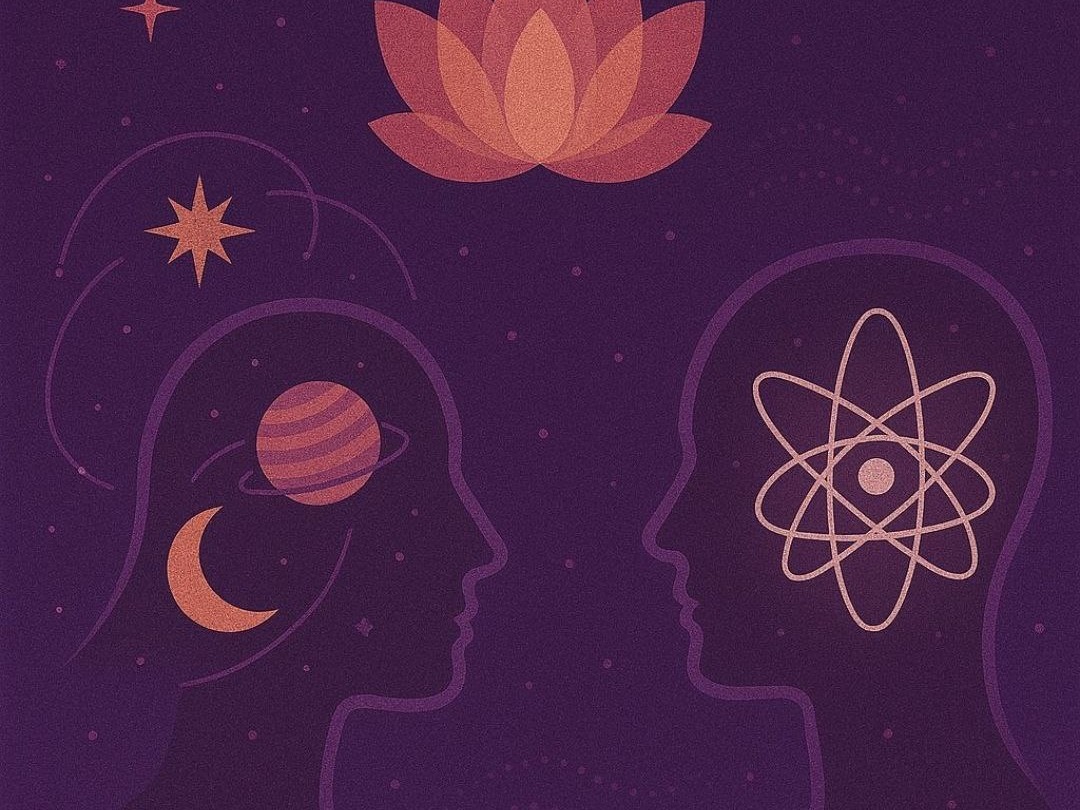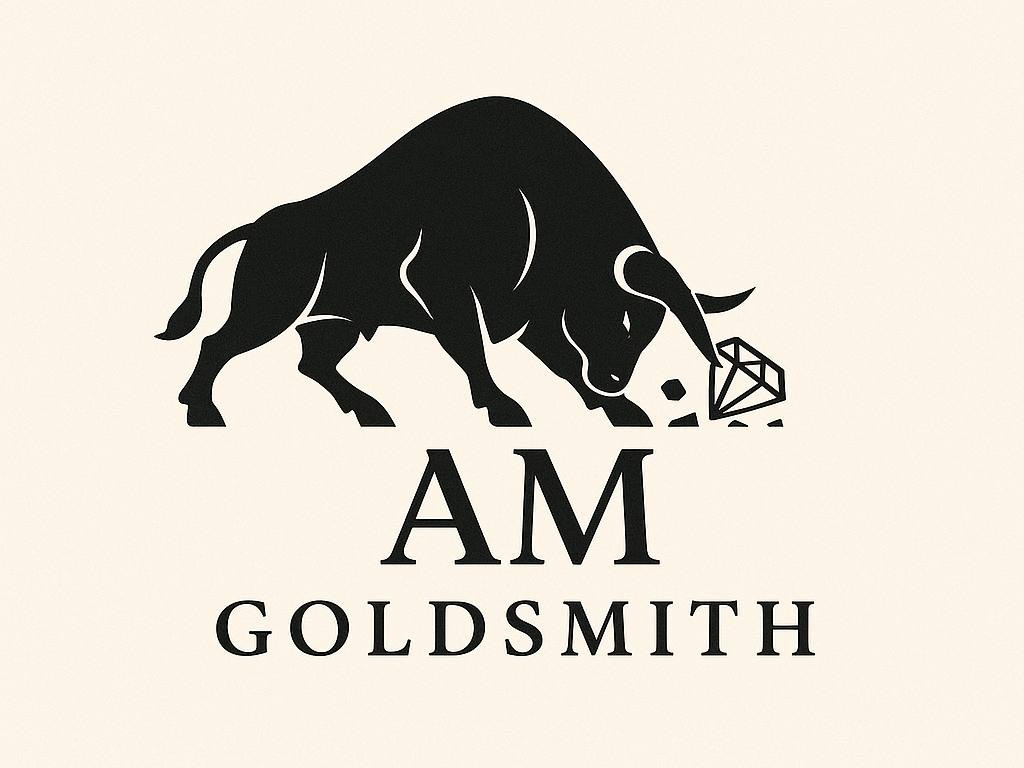Calling 911 immediately saves lives. In Calgary, a 911 operator coordinates the police, fire department, and ambulance (EMS, Alberta Health Services) simultaneously and, if necessary, connects an interpreter in 300+ languages. Below is a complete algorithm of actions and options for further assistance if the situation is not critical.
1. Calling 911: what is important to report
-
Clearly state what happened (heart pain, massive bleeding, etc.).
-
Name the city of Calgary and the exact address (or landmarks, trail codes).
-
Stay on the line: the dispatcher will assess the type of service and provide instructions until the crew arrives.
-
For people with hearing impairments, Text-with-911 is available: after dialing 911, the dispatcher will switch to SMS chat.
 Your trusted real estate agent in Calgary — Anna Hohol
Your trusted real estate agent in Calgary — Anna Hohol
2. Ambulance arrival and possible costs
- AHS EMS provides 24/7 ground and air transportation.
- For AHCIP cardholders, the call and transportation are free (only inter-hospital transfers are always paid).
- Patients without AHCIP pay approximately $250 CAD for the first kilometer + $20 CAD for every 10 km.
Calling a STARS helicopter
In cases of serious injury or road inaccessibility, the EMS crew may request a STARS medical helicopter (dispatcher's decision).
3. Where will the patient be taken
Patients are taken to the nearest Emergency Department (ED) with the necessary resources:

| Hospital | Specialization | 24 hours |
|---|---|---|
| Foothills Medical Centre | Regional Trauma and STEMI Center | Yes |
| Peter Lougheed Centre | Emergency Surgery, Obstetrics | Yes |
| Rockyview General Hospital | Emergency surgery, ophthalmology | Yes |
| Alberta Children’s Hospital | Pediatric trauma and infections | Yes |
EDs operate on a CTAS scale: the most serious cases are treated first, followed by others in order of arrival.
4. If the condition is not life-threatening
Health Link 811
- Dial 811 for free 24/7 nursing services.
- Get advice on symptoms and whether you need urgent care or an ambulance.
Urgent Care Centers
- Open 8:00 a.m. to 8:00 p.m. daily.
- Treats fractures, cuts, acute asthma, infections.
- Addresses: South Calgary Health Centre, Sheldon M. Chumir Health Centre, etc.
Walk-in clinics
- Accepts patients without an appointment.
- It is recommended to check opening hours and reviews.
5. Preparing for an emergency

- Keep your AHCIP card and a list of medications in your wallet.
- Locate the nearest ED, Urgent Care, and walk-in clinics.
- Add an ICE (In Case of Emergency) contact to your phone.
- Memorize the English name of your language for the translator.
6. Frequently asked questions
Should I call an ambulance if I'm not sure how serious it is? Yes. The dispatcher will assess the priority. It's better to be safe than sorry.
Will they accept me without insurance? No one will be turned away. Without coverage, the bill can be significant (an ED visit starts at $875 CAD).
How long will I have to wait for an ambulance? In Calgary, the average arrival time is 8–10 minutes for critical cases.
Conclusion

In case of a medical emergency in Calgary:
-
Call 911, stay on the line, and follow the dispatcher's instructions.
-
AHCIP members receive free transparent EMS transportation; others pay only for inter-hospital transfers.
-
For non-emergencies, use 811, Urgent Care, or walk-in clinics.
Knowing addresses, having your AHCIP card and contacts will help you get help quickly and without additional stress.